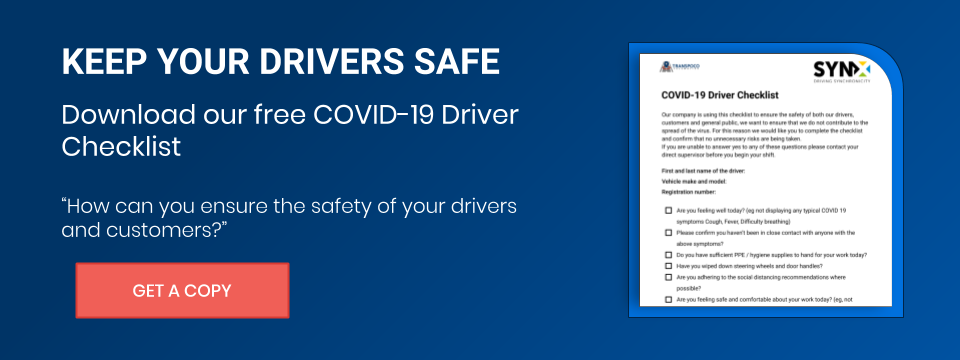
Despite all the safety technology coming into use these days it seems the attention of drivers has decreased on a more "basic" safety item that is still extremely effective: seat belts.
The first legal requirement to wear a seat belt in the front seats of vehicles came into effect in the UK in 1983 and by 1991, seat belt wearing was a legal requirement in all seating positions and wearing rates were higher than 90%. Amongst the road safety community there was a feeling this constituted a ‘job well done.’ But according to recent numbers, it seems we forgot it.
Since 2013, the RSKC (the Road Safety Knowledge Center, developed by Road Safety GB in partnership with THINK!), is collecting data that has been published on the percentage of people who were not wearing a seat belt when they died in cars on UK roads. In 2017, 27% of those who died in cars were not wearing a seat belt. According to Brake, on average, more than a fifth of car occupants killed in road crashes in Britain are not wearing a seat belt. It also seems people are less likely to use seat belts on short or familiar journeys – putting them at serious risk of injury in a crash. In the US, in 2019, 36,096 people died in motor vehicle traffic crashes on US roadways, with nearly half (47%) not wearing a seat belt.
As a useful reminder, research has found that seat belts are 50% effective at preventing fatal injuries in drivers, 45% effective at preventing serious injuries and 25% effective at preventing minor injuries. In a crash, you’re twice as likely to die if you don’t wear a seat belt.
Why do drivers not wear a seat belt? We have tried to put in words some myths and to debunk them in order to encourage you and share them with your team during your training sessions to promote safe driving.
#1 - Good drivers don't need seat belts. Driving is risky, from whichever perspective you look at it, and you might either encounter drivers that are not skilled on the road or incur factors beyond your control (weather, breakdowns...) that can increase the risk of an accident.
#2 - I am safer without a seat belt. Many people and drivers still think that it’s better to be thrown clear of the vehicle in the event of a crash. Statistics show otherwise. According to NHTSA, in 2016, more than 200 truck occupants and drivers died when they were ejected from their cabs during an accident. Wearing a seatbelt can keep you from being dragged along the ground, being crushed under a vehicle, and being thrown through a windshield.
#3 - I don't need to wear a seat belt if driving a short distance. An accident can happen anytime. If you have to make a sudden stop, or if you’re involved in an accident, your seat belt will keep you in your seat and help to prevent injury or death that can occur from being thrown from your seat into the steering wheel, dash, or windshield or even out of the car.

Photo by Chris Martin on Unsplash




